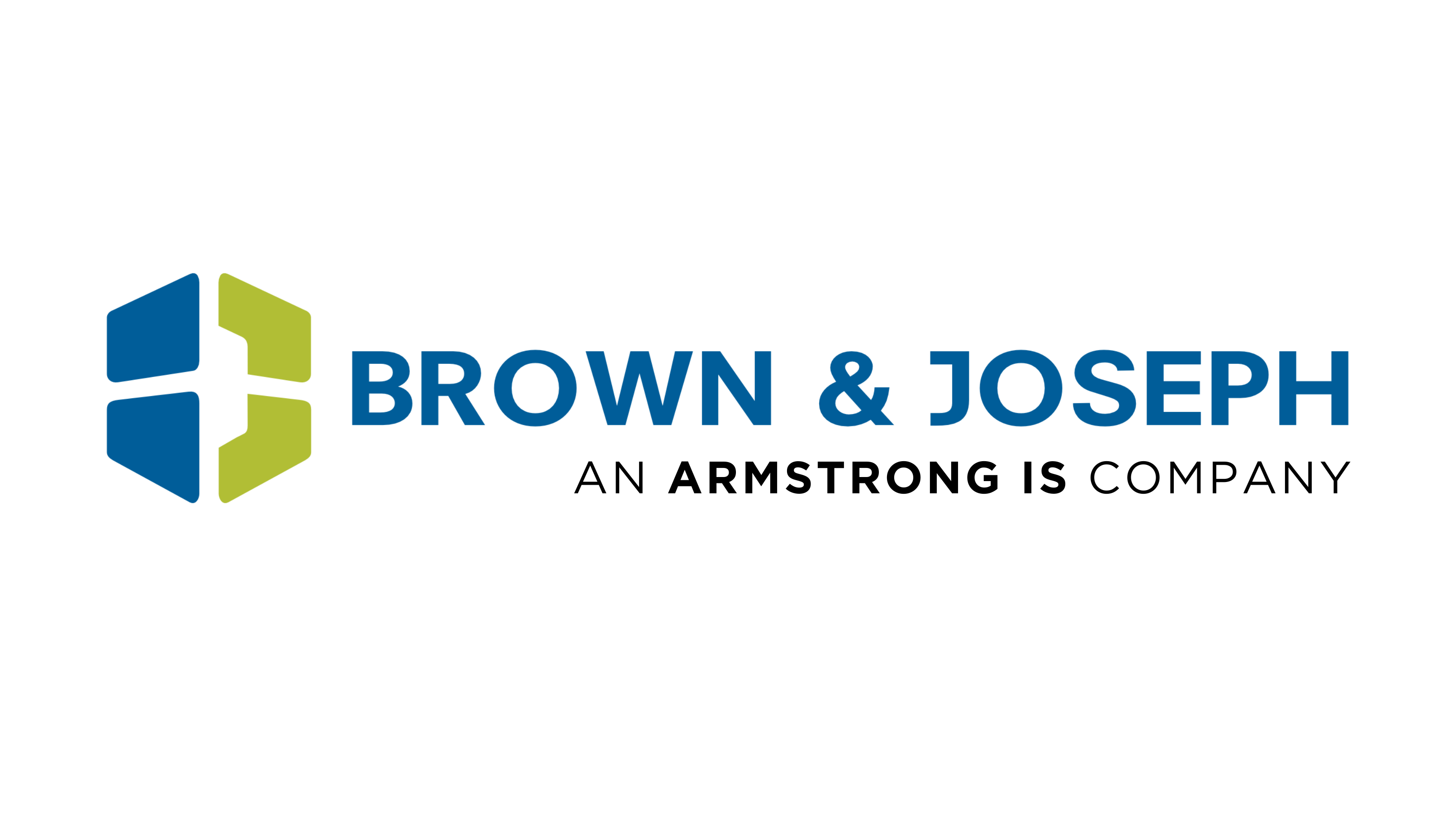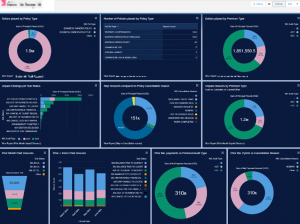Introduction
Collection cases go unresolved every day when a debtor refuses to pay after being contacted by a collection agency or attorney. So what can be done?
The first step is to determine whether or not the balance size and situation warrants litigation.
The second step is to qualify whether or not you are on solid ground to defend an action:
- Can you substantiate the debt with proper documentation?
- Is the debt absent of any legitimate dispute?
- Was every effort made to collect the debt by the agency or attorney to your satisfaction?
- Is the balance size large enough to file suit?
- Is the debtor company satisfactory enough condition to risk a lawsuit? (putting out the money and time with reasonable expectations for a good return on your additional investment)
- What would be the ROI after suit costs, contingent attorney fees, and time/costs if they require a witness from your company to be present for certain proceedings?
The third step is to file suit or not file suit.
If the conditions are favorable for filing a suit, then that is the next best option. If not, what are your options?
What to do when the debtor refuses to pay
Write them off as bad debt against your bad debt reserve.
Cases not favorable for a suit can be written off and forgotten about. This happens every day in business. What this does is creates a ripple effect that has been present since the beginning when the first debtor got away with not paying a debt.
It sends a message to the debtor that they can get away with legal theft and continue to do so without recourse. In fact, many brag to their peers and business associates about how they got away with it. In today’s terms, it went viral!
Today, too many companies know they can get away with not paying certain debts with little or no recourse. Mainly it is a situation where the balance is too small to sue.
Companies know that if they can weather the storm or calls from collection agencies, then sooner or later pursuit will become unprofitable for the agency and the agency will recommend to their client to write it off.
After all, the debtor company uses collections agencies as well. They have learned through their own collection recovery experiences.
Write them off and then assign the case to a second placement agency.
A second placement agency is a collection agency or contingency collection attorney that will pursue the case after another agency or attorney has failed to collect. This has proven effective in the past for several reasons.
Why?
The primary agency reached its point of diminishing return on investment and elects not to pursue the claim further. One point to consider here is the contingency fee you negotiated with your 1st or (primary) agency.
If the fee is discounted over normal industry trends, to ensure profitability, the agency must cut costs of operations to ensure a reasonable return on investment. After all, collection agencies are in business to make money as well.
What typically happens here is that during negotiations, the client will negotiate as low a fee as possible, while wanting an acceptable level of recovery, also known as a benchmark. Benchmarks are set and usually monitored monthly with reports or scorecards to ensure that the agency is performing to the level of expectation. If not, then the agency is replaced over time.
If so, then the agency is free to make the decision to stop the pursuit, saving operating costs that add profit to their bottom-line.
This allows the agency to stop pursuing cases that have been with their agency for several months. After all, they did what you asked when they hit or exceeded the benchmark, slightly.
If the agency did not reach your benchmark expectations, it means that they have missed collecting on cases that are still collectible.
The debtor has successfully weathered the collection storm and not paid. If they hit or exceeded your benchmark expectations and have stopped pursuing cases, then it also leaves cases on the table that are collectible, but the agency can’t pursue due to diminishing returns.
They have hit the point of diminishing return based on the contingency fee changed and recovery percentage obtained.
The question is this: could they continue operations and increase recovery if they stand to make more?
The answer is “yes!”
It is all about the return on investment. In many cases, the great fee that you negotiated with the agency is the actual reason why you do not collect more. The lower the fee, the less time and resources the agency will dedicate to your cases. This means leaving the more difficult, yet collectible cases, unresolved.
Here is where the second placement agency steps in.
A second placement agency knows that your policies of litigation, benchmarking and fee negotiations allow for what is known as a “sweet spot.”
The “sweet spot” is cases closed as uncollectible by your agency that are under your suit threshold, so no suit has been filed. These cases include even the ones that have good phone numbers and addresses but simply refused to pay.
The second placement agency can and will recover cases behind an agency that has closed cases. This is due to the conditions described above. One, the agency underperformed or two, the agency stopped pursuing them due to diminishing returns.
The key to maximizing the success of this option is the agency’s knowledge, resources and contingency fee charged. The higher the fee, the more resources they can use to bring in additional revenue.
The optimal contingency fee for success is 50%. Second placements are typically 3% to 15% collectible. The rate of collectibility depends on the type of debt placed, the previous success of the primary agency, the expertise in that industry, the resources such as credit scoring modeling, and skip tracing abilities.
Trying to negotiate a low second placement fee will result in the agency cutting corners to ensure profitability thus reducing the effectiveness. It is all about the return on investment (ROI).
The best agency will know how to keep costs low while maximizing the recovery. Through credit score modeling prior to collections, potential unproductive cases can be identified prior to spending time working them. This reduces their costs so they can focus their efforts on the potential productive cases.
The second feature is that the agency has or uses in-house legal contingency fee collections, contacting the debtor through their law office as opposed to through their collection agency.
After all, the debtor has told one agency “no” already. Utilizing law office collections on a contingency fee basis brings an impact on the collection process that the debtor has not previously received.
Write the receivable off to bad debt and sell the receivable.
This resource has gained popularity recently. No longer are companies selling just consumer debt, but now have moved into selling selected commercial debt that is under the suit threshold, but refuses to pay. Selling debt as opposed to a second placement has its pros and cons.
Pros
- Once the debt is sold, then no further time or effort is spent on managing cases. With second placements you are still involved in the collection process, the same as managing your first placement vendor, but on a lesser scale.
- You gain immediate cash flow from the sale.
Cons
- When you sell, the cash you receive is usually a fraction of what you would get from utilizing a second placement agency. This is due to the transference of risk. The risk is all on the buyer, so they will offer less. With a second placement agency, the risk is distributed 50/50. The agency and you are partners in success.
- The work to prepare the cases for sale is front-loaded. Most buyers require validation that the debt is due. It will require you to provide them with all the documents and communications from the point of sales through write-off. If you are not willing to do so, then the price you will get will be less than if you provide the information.
Write the debt off and report it to a credit bureau.
This resource is a feel-good option, but one that is the least profitable as far as a return of investment. It might feel good to know that this record will follow them for seven years, but has little impact on getting them to pay the debt. Less than 3% of those reported will come back to you to clear the balance.
Consider this: If they owe you, they owe others.
You, and the “others,” have reported them, so what impact will it make on improving their credit score? It is sad, but the fact is, they can always find someone in your line of business to sell them on credit or a cash basis.
Conclusion
What is the conclusion?
After primary collections fail, write the debt off, report them to a credit bureau, assign them to a collections agency, then sell the debt that remains when the second placement agency has finished.
By the time you are finished with them, they will think twice about saying no again and you will have maximized your debt recovery return.
Remember, the squeaky wheel gets the grease!





